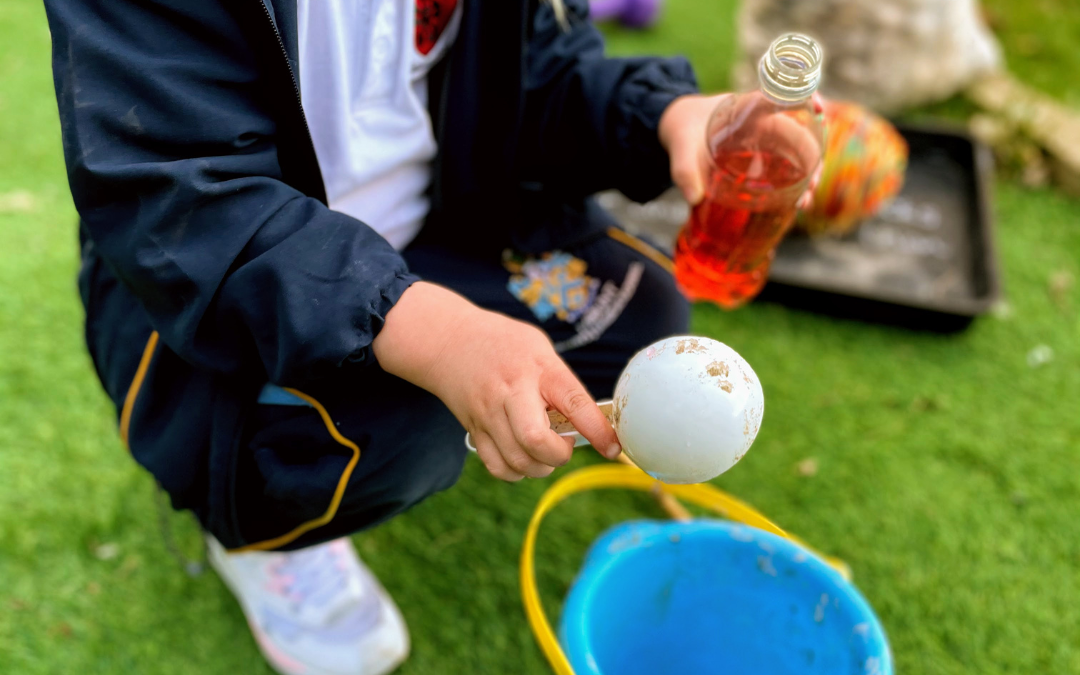Take a look at the fabulous Boothroyd Primary and how their achieving outdoor excellence to help better support the...
Natural Outdoor Classrooms!
Jun 28, 2021
Call the car mechanics and get some tyres they're perfect for planting in! For trees use two or three tyres stacked...
Outdoor Learning Dates 2021/2022
Jun 28, 2021
Time to get your diaries out and to add some of these outdoor learning dates into your diary. Joining in on special...
National Children’s Gardening Week
Jun 1, 2021
National Children's Gardening Week Time again to put a focus on gardening and the importance of getting children...
Cosy Outdoor Play equipment Giveaway!
May 28, 2021
Sign up Here Cosy are welcoming their first Outdoor Play Giveaway! You simply sign up to using this link to...
BLOG: What are Outdoor eBooks?
Apr 15, 2021
What are outdoor eBooks? Outdoor eBooks are a new, refreshing way to encourage children to read actively and...
What is the Muddy Puddle Teacher Award?
Apr 14, 2021
What is Muddy Puddle Teacher Award? The Muddy Puddle Teacher ® is a registered trademark and was created by teacher...
Sunflower Day 30th April 2021
Apr 11, 2021
Sunflower Day 30th April 2021 is on its way, hooray! Who is joining us for this awesome day? Me please! Remember The...
World Book Day – The Muddy Way! Top Tips
Mar 1, 2021
World Book Day - The Muddy Way! World Book Day - the Muddy Way is such a unique way to boost children's interest in...
Outdoor Learning Resources
Feb 25, 2021
The Muddy Teachers Ask..........Where can I get free outdoor learning resources? We know it, you know it. Sometimes we...
7 Spring Ideas for Kids 7-11 years
Feb 24, 2021
Time to get ready for Spring! Ready for 7 Spring Ideas for Kids 7- 11 years? Autumn and Winter can seem to feel like...
8 Spring Ideas for 5-7 year olds
Feb 24, 2021
Spring is here, hooray! Here are 8 Spring Ideas for 5-year olds The weather should start to warm up now and offer you...
Spring Ideas for Early Years
Feb 23, 2021
Spring has Sprung, and its time for some muddy outdoor learning! It is that time of year again where the weather warms...
Outdoor Learning Funding
Jan 8, 2021
Outdoor Learning Funding 2021 So you love The Muddy Puddle Approach and you want all of your staff to have it? We get...
Maths in Muddy Puddles
Jan 8, 2021
Maths in Muddy Puddles Maths in Muddy Puddles There are tonnes of learning in the very simple life of a muddy...
Lockdown tips to help kids wellbeing
Jan 8, 2021
The childrens wellbeing is paramount right now. Why not every Friday, make it a wellbeing day and concentrate in...
5 Activities to do in a Muddy Puddle
Jan 7, 2021
5 Activities to do in a Muddy Puddle So you want 5 activities to do in a muddy puddle? Well, you have come to the...
Ofsted & Outdoor Learning
Jan 7, 2021
Oftsed & Outdoor Learning In this 2008 report Ofsted comment: ‘The first-hand experiences of learning...
New In

Outdoor Learning Activities for Nursery – Resource Pack

Outdoor Learning Safety Poster

Outdoor Learning Risk Assessments: (Handout)

Outdoor Learning Safety Advice (CPD Handout)

Outdoor Learning CPD Guidance (Handout )

Nature-Based Education in Schools: A Guide to Outdoor Learning

Outdoor Learning Ideas for Schools: Engaging Ways to Teach Outside

Best Outdoor Learning Activities for Kids

How to Teach Outdoor Learning: A Guide for Educators
















